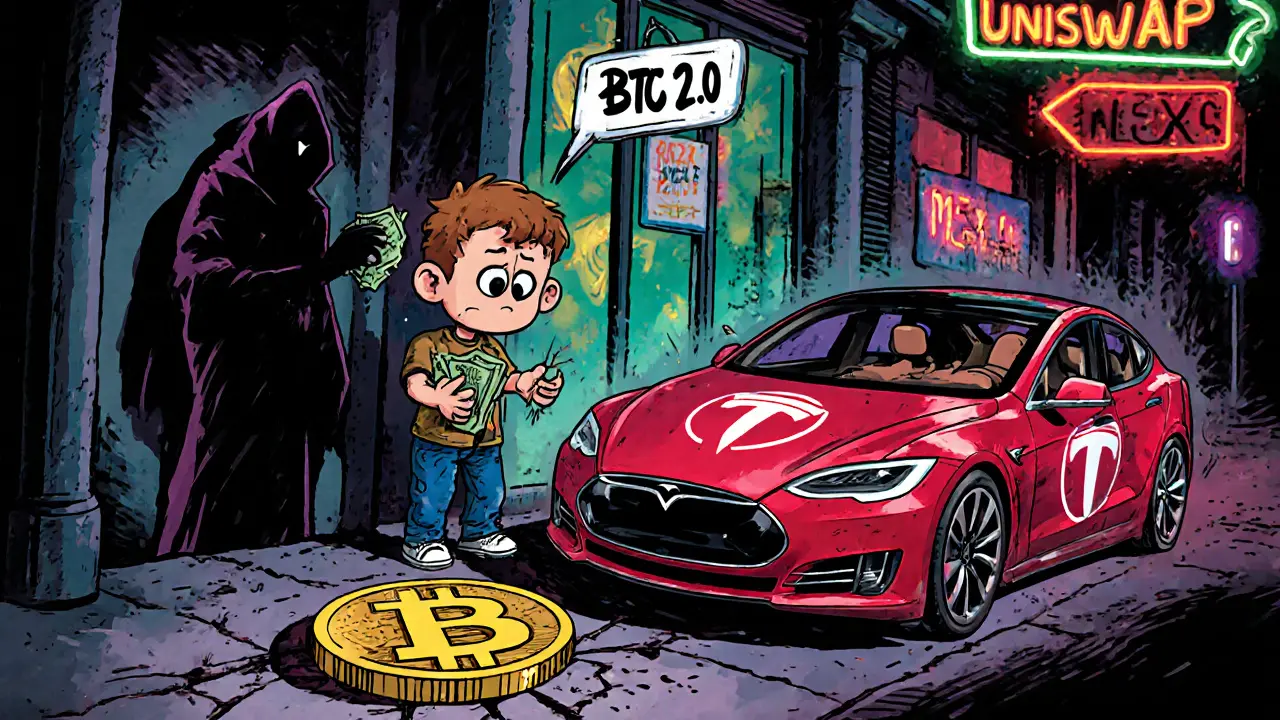Bitcoin 2.0: What It Really Means and How It’s Changing Crypto
When people talk about Bitcoin 2.0, a term used for projects that add new capabilities to Bitcoin without changing its core protocol. Also known as Bitcoin ecosystem extensions, it isn't a new coin—it's a set of tools that let Bitcoin do more than just send value. Think of it like upgrading your phone’s software without replacing the hardware. Bitcoin still handles secure, decentralized transfers, but now you can build apps, trade assets, and even lend money—all on top of it.
This shift is happening because Bitcoin’s original design doesn’t support complex smart contracts. But that doesn’t mean it’s stuck. Projects like the Layer 2 solutions, networks built on top of Bitcoin to handle transactions faster and cheaper—such as the Lightning Network—are making micropayments possible. Meanwhile, smart contracts, self-executing code that runs when conditions are met are being added through sidechains and ordinals. These aren’t replacing Bitcoin. They’re giving it new uses. You can now tokenize real-world assets, create decentralized exchanges, and even launch tokens that run on Bitcoin’s security—all without touching Bitcoin’s core blockchain.
What makes this different from Ethereum or Solana? Bitcoin 2.0 doesn’t try to be faster or flashier. It leans into Bitcoin’s biggest strength: trust. If you want your asset to be as secure as Bitcoin itself, you build on top of it, not beside it. That’s why projects like Stacks and Rootstock are gaining traction—they bring programmability while keeping the same level of decentralization that made Bitcoin valuable in the first place. This isn’t about competing with other blockchains. It’s about making Bitcoin more useful without breaking what works.
What you’ll find in the posts below are real examples of how this is playing out. You’ll see reviews of exchanges that support Bitcoin-based tokens, breakdowns of tokens built on Bitcoin sidechains, and guides on how to interact with these new systems safely. No hype. No vague promises. Just clear, practical info on what’s actually working—and what’s just another coin trying to ride the Bitcoin 2.0 wave.
